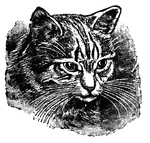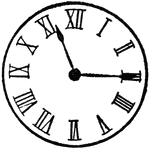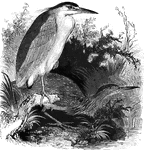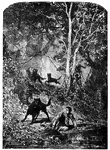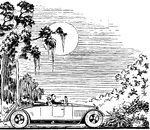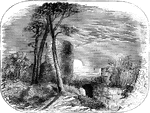Clipart tagged: ‘night’
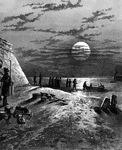
Anderson's Forces
"Major Anderson removing his forces from Fort Moultrie to Fort Sumter, December 26, 1861."—E. Benjamin…

Burnside Expedition
"The Burnside Expedition- melancholy deaths of Colonel J. W. Allen, Surgeon Waller and the Second Mate…

Battle of Cedar Mountain
"The Confederate batteries shelling the Federal position on the night of the Battle of Cedar Mountain,…
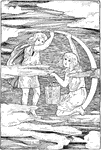
Children in the Moon
In Norse mythology, Mani drives the moon chariot at night. He finds a boy and a girl carrying a pail…
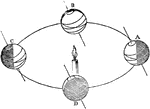
Earth Axis
"Now it is the inclination of the Earth's axis, as above described, which causes the lengths of the…

Earth Axis
"Now it is the inclination of the Earth's axis, as above described, which causes the lengths of the…
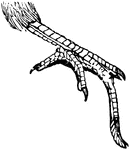
Foot of a Goat-Sucker
The foot of a goat-sucker, with a distinctively longer middle toe, believed to be used for either grasping…
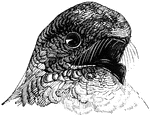
Head of a Goat-Sucker
Head of the goat-sucker. It bears some resemblence to an owl, with a large head and eyes, as well as…

Night Hawk
Found in America, Mexico and the West Indies, this species averages nine to ten inches in length and…

Grace and Rachel Martin Capturing Two British Officers
Two women dressed as men arresting a pair of British officers.
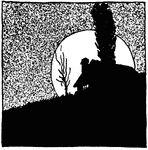
Moon in the Horizon Illuminating a House
An illustration of the moon in the horizon illuminating a house.
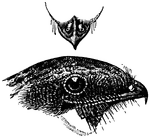
Nightjar Profile and Tubular Nostrils
Siphonorhis americana. "A genus of American Caprimulgidae or goatsuckers, having tubular nostrils. The…
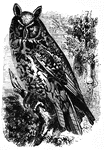
Great Short-Eared Owl
Genus ascalaphia, a large owl, native to southern Europe and northern parts of Egypt.
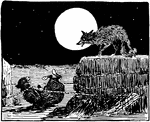
Reynard the Fox: Tricking Tibert
Tibert the cat is caught in a trap. Reynard the Fox tells Tibert that he can find many mice to eat in…

Rolla Camp
"Encampment of the Federal army near Rolla, Mo. The city of Rolla has been famous since the death of…
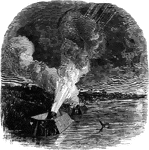
Siege of Island
"Siege of Island No. 10, on the Mississippi River- night bombardment by the Federal mortar boats, ten…

Telling Time 9:00pm to 7:00am Story Problem
Illustration of a child sleeping all night: 9:00pm to 7:00am. It can be used to write mathematics story…
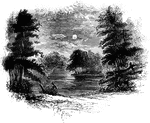
Trading Ford
"Trading Ford. This view of the Trading Ford, where greene, with Morgan and his light troops, crossed…
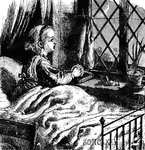
Twinkle, Twinkle, Little Star
Twinkle, twinkle, little star. How I wonder what you are! Up above the world so high. Like a diamond…

